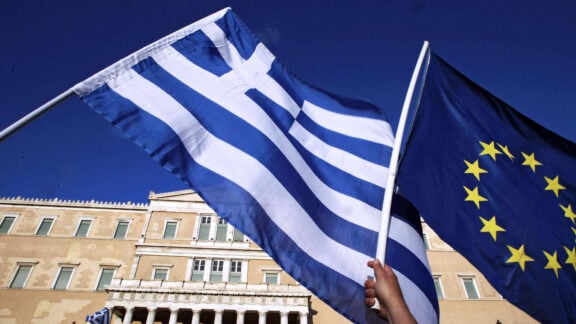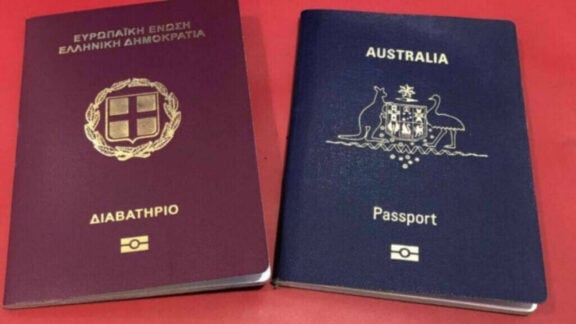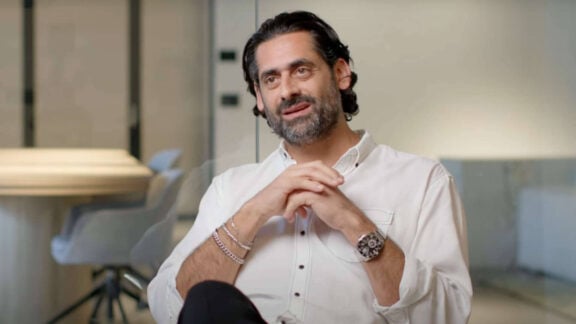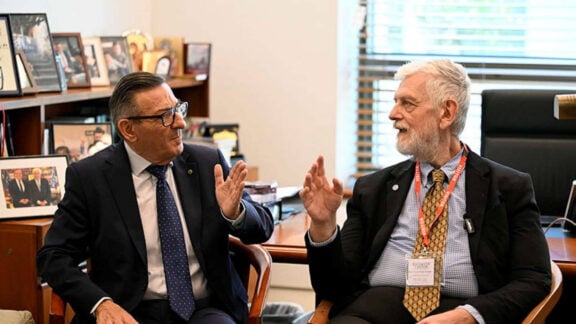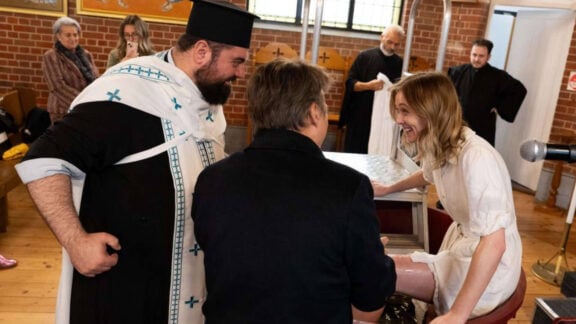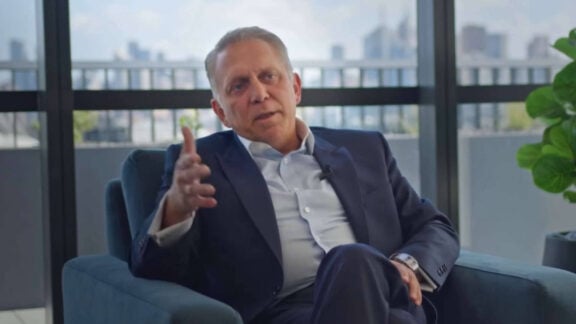After several false starts, Twitter is removing the blue checks that help high-profile users verify their identity and distinguish them from impostors on the Elon Musk-owned social media platform.
Twitter began making good on its promise on Thursday to remove the blue checks from accounts that don’t pay a monthly fee to keep them.
Twitter had about 300,000 verified users under the original blue-check system – many of them journalists, athletes, and public figures.
The checks, which used to mean the account was verified by Twitter to be who it says it is, began disappearing from these users’ profiles on Thursday.
High-profile users who lost their blue checks included Beyoncé, Pope Francis, Oprah Winfrey, and former US president Donald Trump.
The costs of keeping the marks range from $US8 ($A12) a month for individual web users to a starting price of $US1000 ($A1500) a month to verify an organisation and $US50 ($A74) a month for each affiliate or employee account.
Twitter does not verify the individual accounts, as was the case with the previous blue check doled out during the platform’s pre-Musk administration.
Celebrity users, from basketball star LeBron James to author Stephen King and Star Trek’s William Shatner, have baulked at joining – although on Thursday, all three had blue checks indicating the account paid for verification.
It was not immediately clear whether that was the case or if Twitter made an exception for them.
King said he hadn’t paid.
“My Twitter account says I’ve subscribed to Twitter Blue. I haven’t. My Twitter account says I’ve given a phone number. I haven’t,” King tweeted on Thursday.
“Just so you know.”
Singer Dionne Warwick tweeted earlier in the week that the site’s verification system “is an absolute mess”.
“The way Twitter is going anyone could be me now,” Warwick said.
She had earlier vowed not to pay for Twitter Blue, saying the monthly fee “could (and will) be going toward my extra hot lattes”.
On Thursday, Warwick lost her blue check (which is actually a white check on a blue background).
For users who still had a blue check on Thursday, a pop-up message indicated the account “is verified because they are subscribed to Twitter Blue and verified their phone number”.
Verifying a phone number means the person has a phone number and they verified they have access to it – it does not confirm the person’s identity.
Fewer than five per cent of legacy verified accounts appear to have paid to join Twitter Blue as of Thursday, an analysis by Travis Brown, a Berlin-based developer of software for tracking social media, found.
After buying Twitter for $US44 billion ($A65 billion) in October, Musk has been trying to boost the struggling platform’s revenue by pushing more people to pay for a premium subscription.
But his move also reflects his assertion that the blue verification marks have become an undeserved or “corrupt” status symbol for elite personalities, news reporters and others granted verification for free by Twitter’s previous leadership.
Musk launched a service granting blue checks to anyone willing to pay $US8 ($A12) a month when he took over Twitter.
It was quickly inundated by impostor accounts, including those impersonating Nintendo, pharmaceutical company Eli Lilly and Musk’s businesses Tesla and SpaceX, so Twitter temporarily suspended the service.
Subscribers of the relaunched service are supposed to see fewer ads, be able to post longer videos and have their tweets featured more prominently.
Source: AAP

